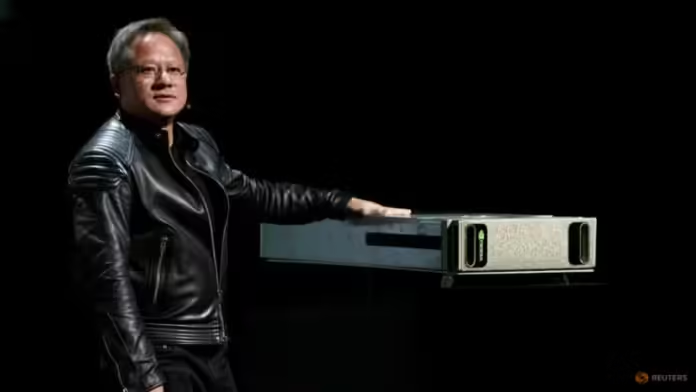Nvidia’s latest family of fundamental AI models, Cosmos, is a step forward in in advancing artificial intelligence (AI). Cosmos is specifically made to teach robots and machines how to interact with the real world, according to CEO Jensen Huang, who announced during his keynote address at CES 2025 in Las Vegas. 20 million hours of actual video footage of “humans walking, hands moving, manipulating things” were used to train Cosmos, according to Jensen. Self-driving cars, humanoids, and industrial robots are just a few of the many exciting uses for this technology.
What sets Cosmos apart?
Cosmos is centered on the visual and physical world, whereas language models such as ChatGPT or Bard learn to produce words by consuming vast amounts of written content. Huang clarified that 20 million hours of video footage of people going about their daily lives—walking, hand movements, and object manipulation—were used to train the AI models. “It’s not about creating art,” Huang said. “It’s about teaching AI to understand the physical world.”
Huang showed Cosmos in action during the presentation by creating warehouse environments in which boxes tumbled off shelves. This kind of realistic video production is essential for training robots to recognize and respond to scenarios like such industrial accidents. Companies can also customize Cosmos to meet specific needs by utilizing their private data.
Many sectors are already seeing the effects of Cosmos. The technology is being used by self-driving car companies including Uber, Wasabi, and Wayve, as well as humanoid robot startups like Agility Robotics and Figure AI. These businesses want to push the limits of what robots are capable of, whether that means completing difficult tasks or navigating challenging environments.
Isaac to complement Cosmos
Nvidia also revealed an update to its Isaac robot simulation platform to go along with Cosmos. Robots may now learn new tasks with previously unheard-of efficiency thanks to this new capability. To refine a skill, for example, builders can give Isaac a few instances of a desired action, such as grabbing an object, and Isaac will produce a tonne of artificial training data.
To highlight Nvidia’s goal of impacting the direction of robotics, Huang’s CES keynote included life-sized digital pictures of 14 humanoid robots from the biggest names in the field, including Tesla, Boston Dynamics, and Agility Robotics. “With Cosmos and Isaac, we’re giving developers the tools to create robots that can truly understand and operate in our world,” Huang said.
Nvidia’s bold plan highlights its dominance in the AI market by blending creativity and practicality. From manufacturing and logistics to autonomous driving, the integration of AI into robots has the potential to completely transform a number of industries. Nvidia is laying the groundwork for machines to become more human-like in motion rather than thought with Cosmos.




